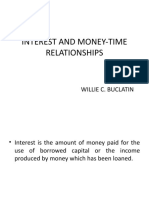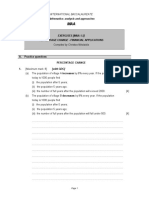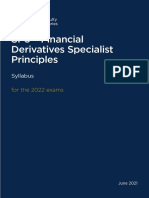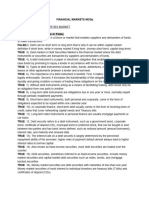0% found this document useful (0 votes)
113 views4 pagesQuant Cheatsheet
This document is a comprehensive cheatsheet for Quantitative Aptitude, covering essential formulas and concepts such as percentages, ratios, averages, profit/loss, interest calculations, and basic algebra. It also includes tips for time, speed, distance, and geometry, as well as a study plan for effective preparation. The cheatsheet serves as a quick reference guide for exam-ready candidates to enhance their quantitative skills.
Uploaded by
Vedant TammewarCopyright
© © All Rights Reserved
We take content rights seriously. If you suspect this is your content, claim it here.
Available Formats
Download as PDF, TXT or read online on Scribd
0% found this document useful (0 votes)
113 views4 pagesQuant Cheatsheet
This document is a comprehensive cheatsheet for Quantitative Aptitude, covering essential formulas and concepts such as percentages, ratios, averages, profit/loss, interest calculations, and basic algebra. It also includes tips for time, speed, distance, and geometry, as well as a study plan for effective preparation. The cheatsheet serves as a quick reference guide for exam-ready candidates to enhance their quantitative skills.
Uploaded by
Vedant TammewarCopyright
© © All Rights Reserved
We take content rights seriously. If you suspect this is your content, claim it here.
Available Formats
Download as PDF, TXT or read online on Scribd
/ 4























































































